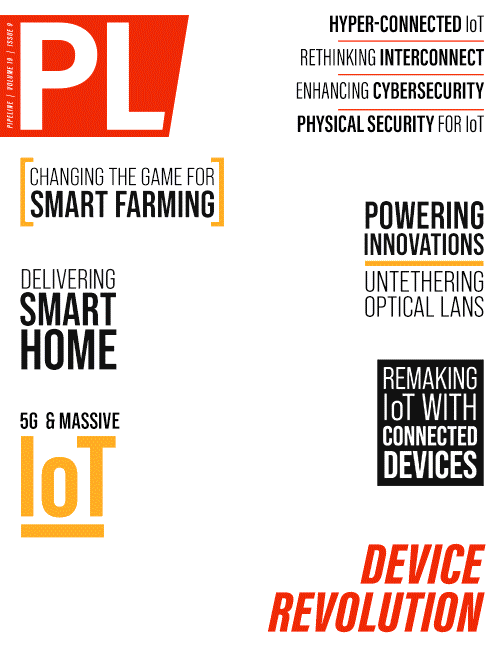Massive IoT and 5G:
What’s Next for Large-Scale Cellular IoT?
By: Marco Stracuzzi

Without a doubt, the proliferation of the Internet of Things (IoT) has forever changed the way we live, work, and play. It’s a phenomenon that continues to grow at an exponential pace as IoT adoption gains traction throughout the world. IoT is so pervasive, in fact, that it has spawned a pair of subsections: Critical IoT and Massive IoT. The former concerns applications that require a constant, data-rich connection to operate—with use cases that telemedicine, first responders, and factory automation. Massive IoT, as the name implies, is driven by scale rather than speed, and the more widespread IoT devices become, the more important it is to ensure cost-effective, scalable connectivity for the masses. Fortunately, low-power wide-area network (LPWAN) technologies like Long-Term Evolution for Machines (LTE-M) and Narrowband IoT (NB-IoT) cellular networks are uniquely suited for precisely the purpose of supporting massive IoT.
Offering myriad technical advantages over traditional cellular networks—including lower power consumption thus an extended battery life, and better coverage in difficult-to-reach areas—LTE-M and NB-IoT enable IoT deployments to connect a wide array of devices more economically while consuming minimal amounts of data and power, making them ideal technologies for running applications that call for infrequent, small-sized data transmissions. Verticals that fall under the “Massive IoT” umbrella include smart utility metering, smart cities, and asset tracking, among others. As the transition to 5G marches forward, however, new challenges emerge for massive IoT—perhaps the most pressing of which is addressing how to avoid a potential gridlock of data traffic as millions of additional IoT devices come online.
Measuring Up
From calculating electricity use in homes to water usage at businesses, smart utility meters—known for their precision and ease of use—make life simpler and help people become more responsible consumers of resources. In fact, the installation and use of smart utility meters in homes and places of business are on the rise all around the world, with Berg Insight predicting the installed base of smart electricity meters to grow from 110.4 million to 153.8 million in North America, and from 659.3 million to 886.1 million in the Asia-Pacific region between 2019 and 2025. LPWANs like LTE-M and NB-IoT have long been and will continue to be the prevailing and most affordable selections when it comes to smart metering solution connectivity. Both technologies are 5G-ready and as such will coexist with 5G networks in the longer term, even beyond 4G LTE sunset. As both NB-IoT and LTE-M are essential standards of 5G, by selecting cellular 4G or 5G over unlicensed spectrum options, utilities can effectively future-proof their solutions and prolong the need for restructuring. Understanding the significance of supporting next-generation IoT applications with technology that can grow, develop, and evolve as networks come to embrace 5G, it becomes increasingly





















